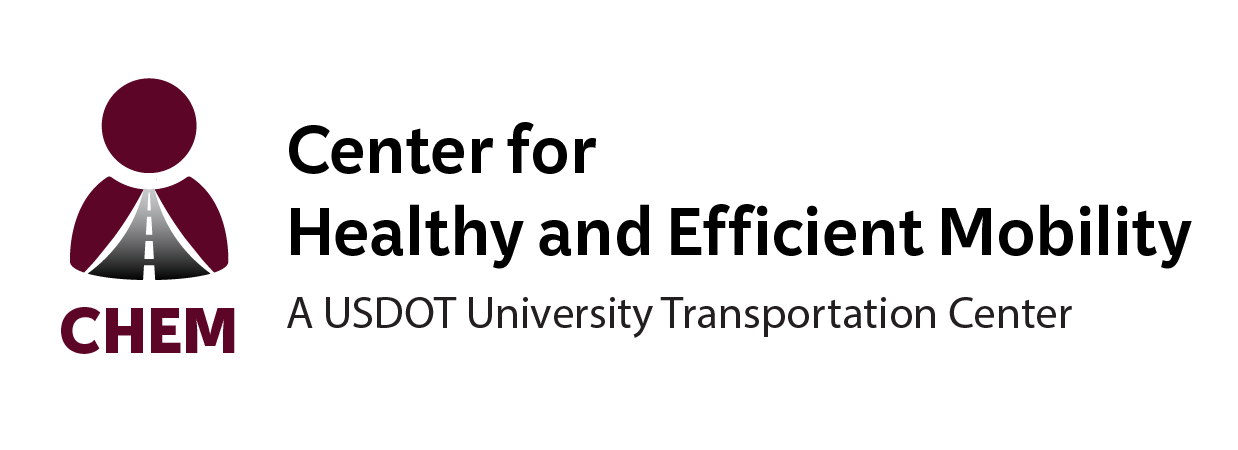-Immediately repair any fluid leaks such as oil, antifreeze, etc.
-Use drip pans and funnels to prevent spills and leaks
-Immediately clean up any spills with an absorbent material (preferably not with water)
-Minimize the number of solvents used
-Use non-toxic, non-hazardous cleaning products
-Wash vehicles at a designated car wash, or in the lawn instead of a driveway
-Properly store and dispose of waste materials at designated locations
-Never dump anything directly into storm drains, drainage ditches, or groundwater
How it Helps
Implementing
Education:
Pollution permits and policies cannot prevent all runoff from improper vehicle maintenance activities, as it is mostly up to community members altering individual activities to reduce stormwater pollution.2 Therefore, the general public should be thoroughly educated on how their actions can reduce runoff and prevent widespread ecosystem contamination. Many of the vehicle maintenance-related activities are easy to adopt, but many car owners and repair shops may be unaware how their current actions are contributing to the problem.
Spill Prevention and Cleanup Plans:
Vehicle maintenance and car wash facilities should have specific response plans regarding procedures in the case of spills or leaks. All employees should be well aware of the outlined procedures and be ready to adopt them when the incident arises. Local governments, wastewater treatment plans, and local health departments can help provide guidance regarding the development of response plans, the identification of disposal sites, and other helpful information.
